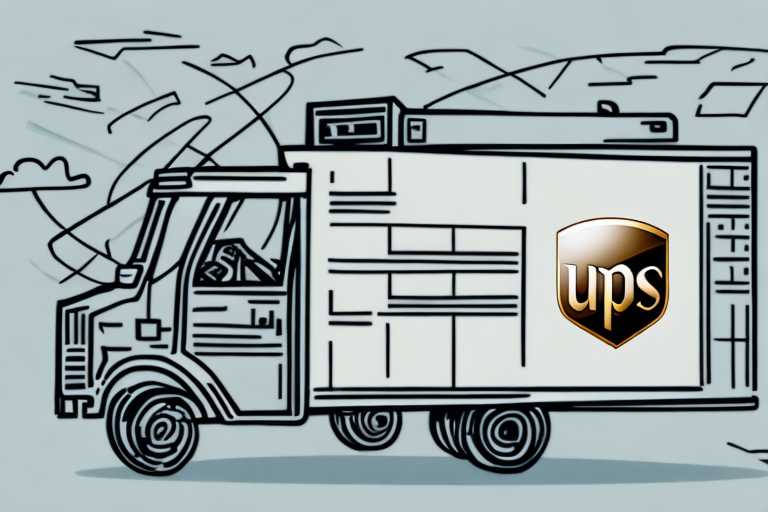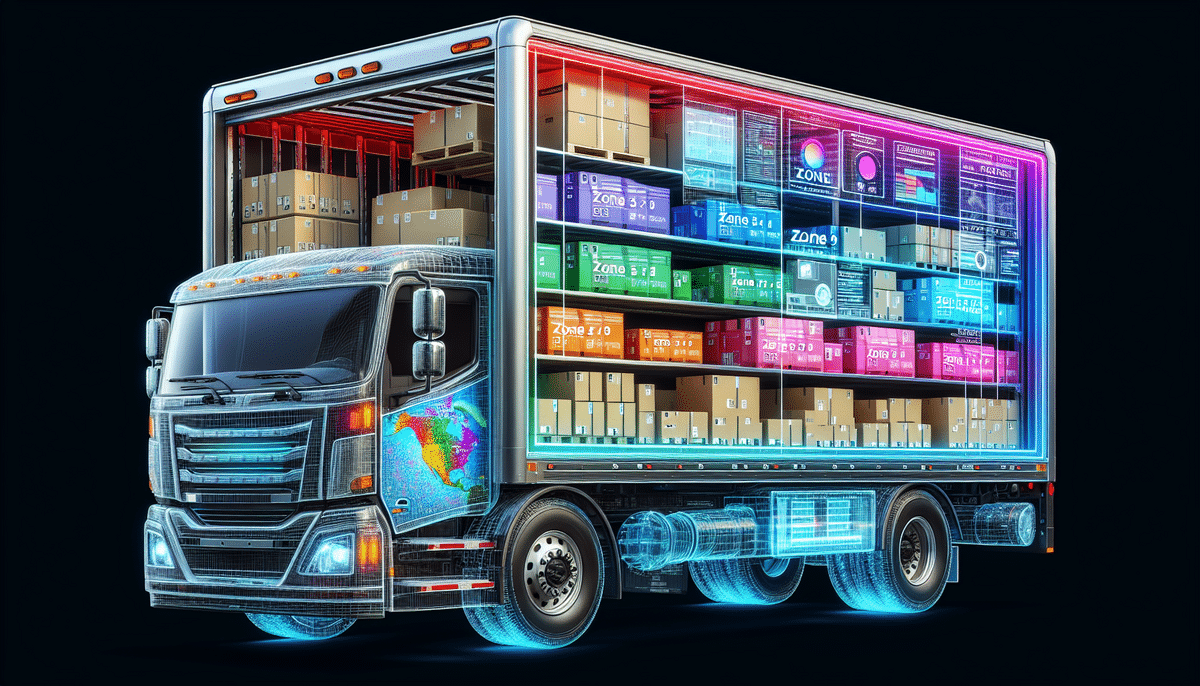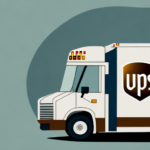UPS Announces Price Increase: What You Need to Know
In 2023, UPS has implemented a price increase affecting millions of customers worldwide. This strategic adjustment aims to support the company's continuous investments in its delivery network, advanced technologies, and dedicated workforce, ensuring the maintenance of exceptional service standards.
Understanding the Reason Behind UPS's Price Increase
The primary driver behind UPS's recent price increase is the sustained growth in e-commerce demand, a trend significantly amplified by the COVID-19 pandemic. To accommodate the surge in online orders, UPS has expanded its delivery network and invested in cutting-edge technologies. According to UPS CEO Carol Tomé, “the increased volume from the pandemic necessitated operational adjustments, resulting in higher costs.”
Additional factors contributing to the price hike include challenges in hiring and retaining employees. The implementation of enhanced safety measures and protocols to protect workers has led to increased operational expenses. Moreover, the extended working hours and heightened workload for UPS employees have further influenced the decision to raise prices.
Impact on Small Businesses and E-commerce Retailers
Effect on Small Businesses
Small businesses, which rely heavily on shipping services like UPS, are significantly impacted by the price increase. A survey by the National Retail Federation (NRF) indicates that small retailers have already experienced over a 14% rise in shipping costs in recent years. This escalation represents a substantial expense, potentially forcing businesses to:
- Pass increased costs onto customers, risking decreased sales and revenue.
- Seek alternative shipping options, which may lack UPS's reliability and efficiency.
- Experience delays in deliveries, adversely affecting customer satisfaction and business reputation.
Effect on E-commerce Retailers
E-commerce retailers have witnessed a massive surge in demand, further exacerbated by the pandemic. The price increase may compel retailers to introduce additional shipping fees or raise product prices to offset costs. This could lead to a shift in consumer behavior, with some opting for brick-and-mortar stores over online purchases, thereby impacting online sales and revenue.
Comparing UPS's Price Hike to Other Shipping Companies
UPS's primary competitors, DHL and FedEx, have also announced price increases for 2023. DHL has increased its prices by 4.9%, while FedEx has raised its rates by 4.9% for most services, excluding international orders. These adjustments are primarily attributed to the heightened demand for shipping services resulting from the ongoing e-commerce boom.
Industry experts suggest that while these price hikes address current demand pressures, they may not be sustainable long-term. Customers may increasingly seek more affordable shipping alternatives, potentially reshaping the logistics landscape.
Strategies for Dealing with the UPS Price Increase
Consolidate Deliveries
One effective strategy is to consolidate shipments, packaging multiple orders into a single delivery. This approach can reduce the number of shipments, leading to cost savings over time.
Negotiate Better Rates
Regular customers, especially those with high shipping volumes or long-term contracts, should consider negotiating for better rates or discounts. UPS often provides discounted rates to loyal customers, making this a viable option for cost management.
Explore Alternative Shipping Options
Researching and comparing prices from other shipping providers like FedEx, DHL, or regional carriers can uncover more cost-effective solutions without compromising reliability.
Adjust Shipping Practices
Optimizing shipping practices, such as using lighter packaging materials or adjusting shipping schedules to take advantage of off-peak rates, can help mitigate increased costs.
UPS's Future Plans and Service Enhancements
Investments in Delivery Network and Technology
UPS continues to invest in expanding its delivery network and incorporating advanced technologies to enhance service efficiency and reliability. These investments aim to meet the growing demands of the e-commerce sector and improve overall customer experience.
Sustainability Initiatives
Addressing environmental concerns, UPS has committed to reducing its carbon footprint by 12% by 2025. Initiatives include testing alternative fuel vehicles and optimizing delivery routes to enhance energy efficiency.
Expansion of International Facilities
UPS is expanding its international presence by opening new facilities in key markets such as Europe, Asia, and South America. For instance, the recent opening of a package sorting and delivery facility in Shanghai, China, aims to improve delivery times and increase capacity in the region.
Alternatives to Using UPS: Exploring Other Shipping Options
In response to the price increase, businesses and individuals may consider alternative shipping options, including:
- FedEx and DHL: Offering competitive rates and reliable services.
- USPS: Providing cost-effective solutions for certain shipment types.
- Regional Carriers: Specializing in specific areas with potentially lower rates and more personalized service.
- Freight Brokers: Facilitating connections with multiple carriers to secure the best rates and services.
Additionally, consolidating deliveries can lead to substantial savings, reinforcing the importance of strategic shipping management.
Communicating the Price Increase to Customers and Managing Expectations
Transparent communication with customers regarding the price increase is crucial. Effective strategies include:
- Website Notifications: Displaying information about the price increase prominently on the homepage.
- Newsletters: Informing subscribers about the change through email updates.
- Shopping Cart Notices: Including notices during the checkout process to explain the reasons behind the price adjustments.
Emphasizing that the price increase is driven by factors beyond the business's control can help maintain customer trust and loyalty. Engaging customers in open conversations about the change fosters transparency and understanding.
Conclusion
The UPS price increase presents challenges for businesses and individuals reliant on shipping services. However, by consolidating deliveries, negotiating better rates, exploring alternative shipping options, and adjusting shipping practices, it is possible to mitigate the additional costs. Transparent communication with customers ensures that relationships remain strong, even amidst these changes. Staying informed and adaptable is key to navigating the evolving logistics landscape effectively.




















